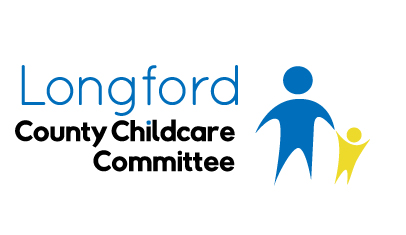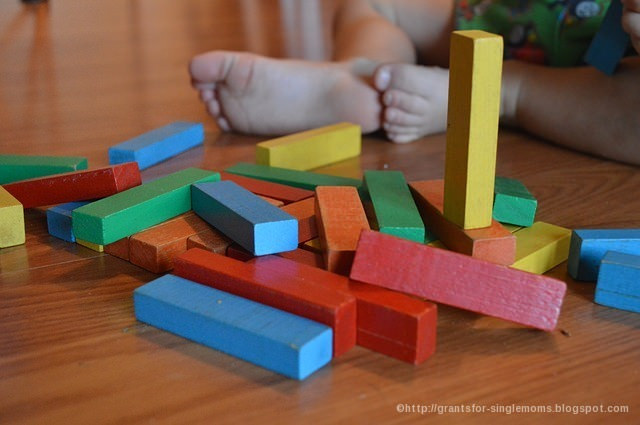Why leadership?
Leadership skills facilitate children to be in charge of their lives and to make things happen. Leadership instils confidence, supports children to work as part of a team and collaboratively with others, to solve problems in a creative manner, while enabling opportunities to develop responsibility. Although you may not find leadership mentioned in early years standards, many countries have statements related to leadership included. Key phrases which relate to leadership are ‘confident and self-reliant’, ‘making decisions and choices’, and ‘problem solving’. For example Aistear—the National Early Childhood Curriculum Framework aims for children to ‘show increasing independence, and be able to make choices and decisions’ (Well being 4.1) and ‘use language with confidence and competence for giving and receiving information, asking questions, requesting, refusing, negotiating, problem-solving, imagining and recreating roles and situations, and clarifying thinking, ideas and feelings’ (communicating 2.4).
So are children born leaders or can we make leaders?
There has been a lot of debate regarding whether children are ‘born leaders’ or if they can ‘learn to be’ leaders. We are all born with natural abilities which are unique to ourselves. An individual is at their happiest and performs at their best when their natural abilities are being used to the fullest. Skills, not to be confused with abilities, are function driven tasks that a child learns to do well with experience. They develop over time through study, education, application and practice. All children have the potential to develop leadership skills. It’s important to remember leadership development is a lifelong process. As adults, we can support children to develop these skills to ensure they can be leaders now and later on in life.
Activities that promote leadership skills in the early years
Many leadership skills are promoted through everyday activities such as confidence, self-esteem, self-worth, communication and listening skills. Examples of activities you could try in your own setting which promote leadership skills are:
- Singing the song Incy Wincy Spider using the hand motions. Discussion with the children, “The incy wincy spider was a leader; she took initiative to get to the top of the water spout. The incy wincy spider chose not to blame the rain; she stayed with her task.” Or ask “What did you learn about being a leader from the incy wincy spider?
- ‘I can’ Tree – each child has a leaf on the special ‘I can’ tree which records special moments or can do’s. This supports children to grow confident in their bodies, their bodily functions and their changing abilities.
- Empowering children through the use of ICT equipment. Using a digital camera get the children to evaluate their childcare provision by taking pictures of what do they like or don’t like. Afterwards discuss…… asking ‘can we make changes regarding things you don’t like’? If not why not.
- For the older school aged children wordles are a great activity. Ask children to think about the words that they associate with leadership. Count out the number of times a particular word is used. Input these into wordle to develop a word cloud about leadership which can be referred back to during the term or year. This activity will enable you to identify from the children’s view the areas that challenge them regarding leadership and to incorporate into your future activity plans.
But to support children to become leaders we need to look at our own leadership skills…..
Effective childcare leaders
Leaders in a childcare setting like other sectors can work in many areas. They may be responsible for routine tasks such as monitoring and recording children’s activities within the setting or developing the program of activity and curriculum planning of the setting. The manager or owner of the setting will usually take the lead on task relating to compliance with regulations or quality assurance. This is something that needs to be clearly define for the new Child Care Act 1991 (Early Years Services) regulations 2016. Effective leadership is essential for the quality of care provided. Leadership styles relate to the relationships within a setting. Good leaders encourage team work and joint decision making which shows that they are valuing the input of others rather than taking control.
Leading a childcare team
Some of the attributes that a childcare practitioner needs to effectively lead a childcare team or childcare room are:
- demonstrate reliability
- communicate constructively and listen actively
- show flexibility
- display empathy to the team
- be approachable
- cooperate and pitch in to help
- Empower and be confident
An effective childcare leader also has responsibilities to and for the team such as: promoting positive relationships, making sure staff feel valued, want to learn and develop, maintain and develop quality of the setting.
(Jones and Pound, 2008)
Practical leadership strategies
Effective leadership will be supported by:
-clarifying the roles and responsibilities of all team members
-listening to everyone’s views and opinions
-valuing everyone’s work through regular praise
-encouragement of continued professional development
-having regular team meetings
-regular feedback on performance
-make decisions based on team input

